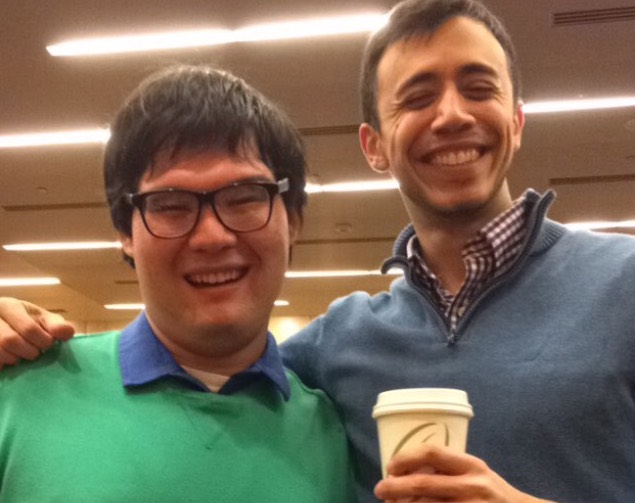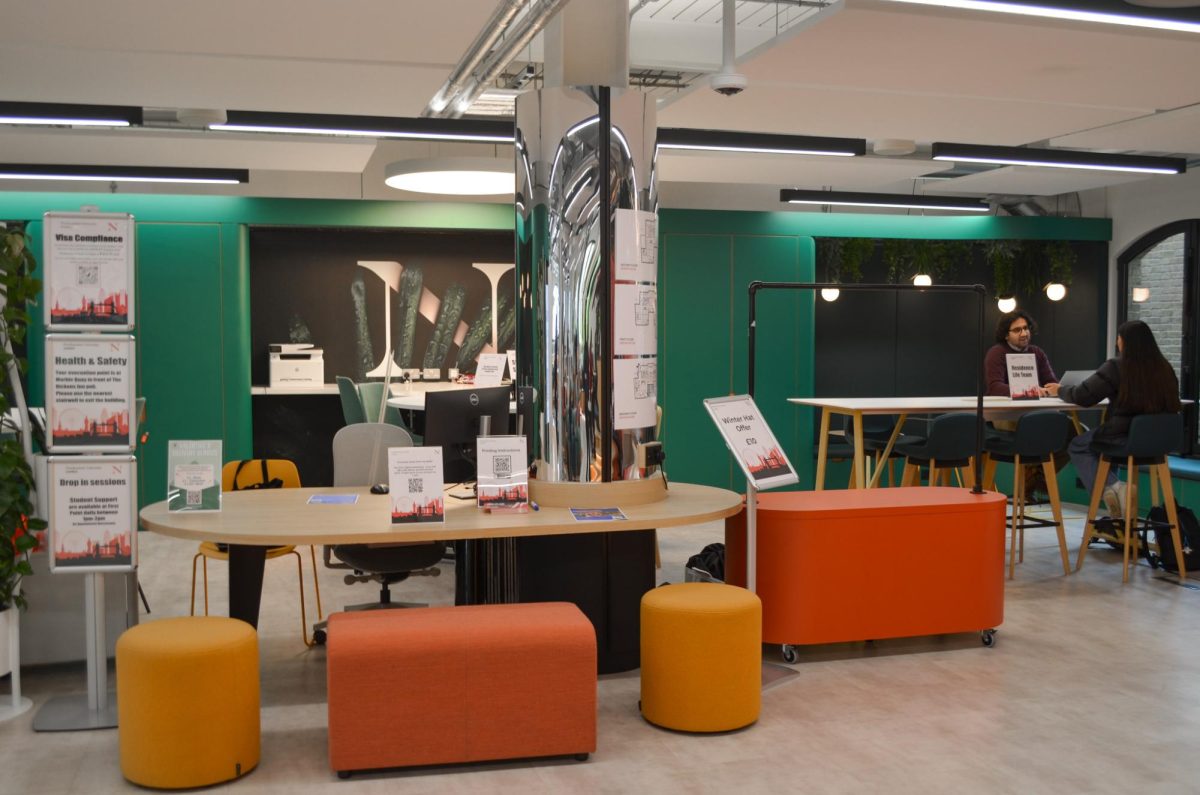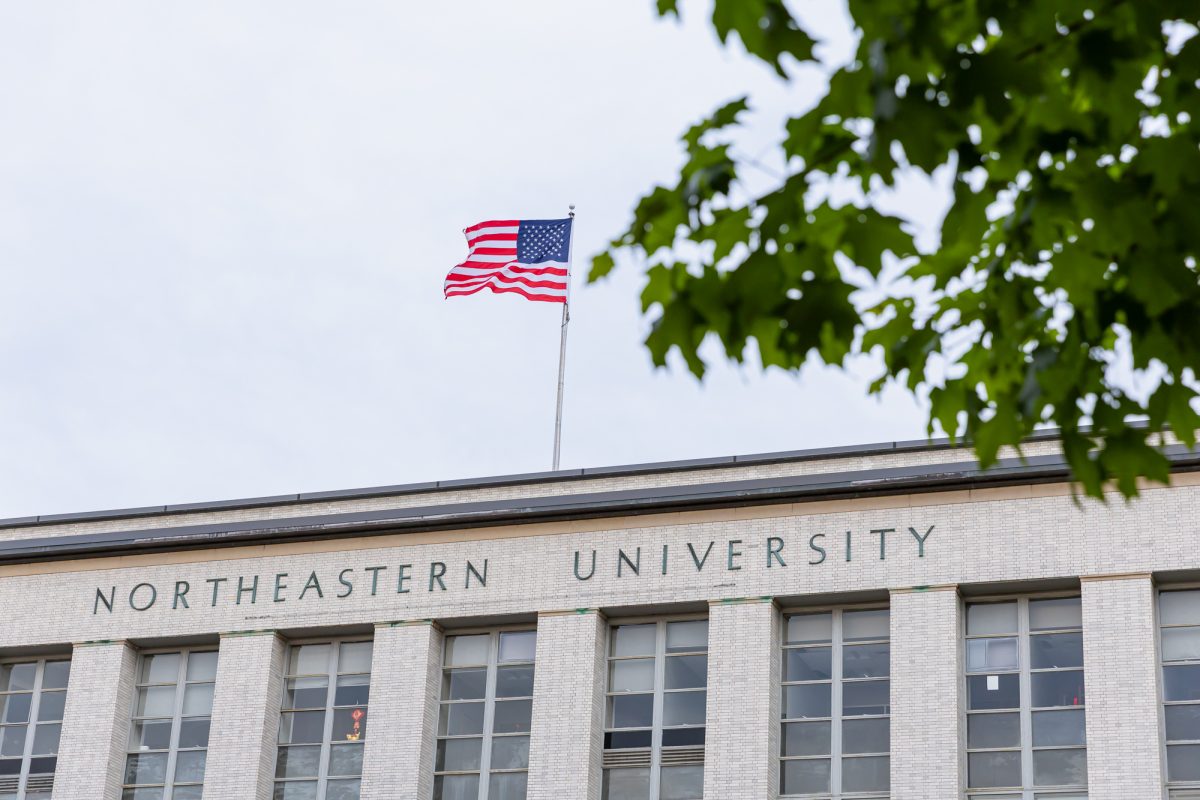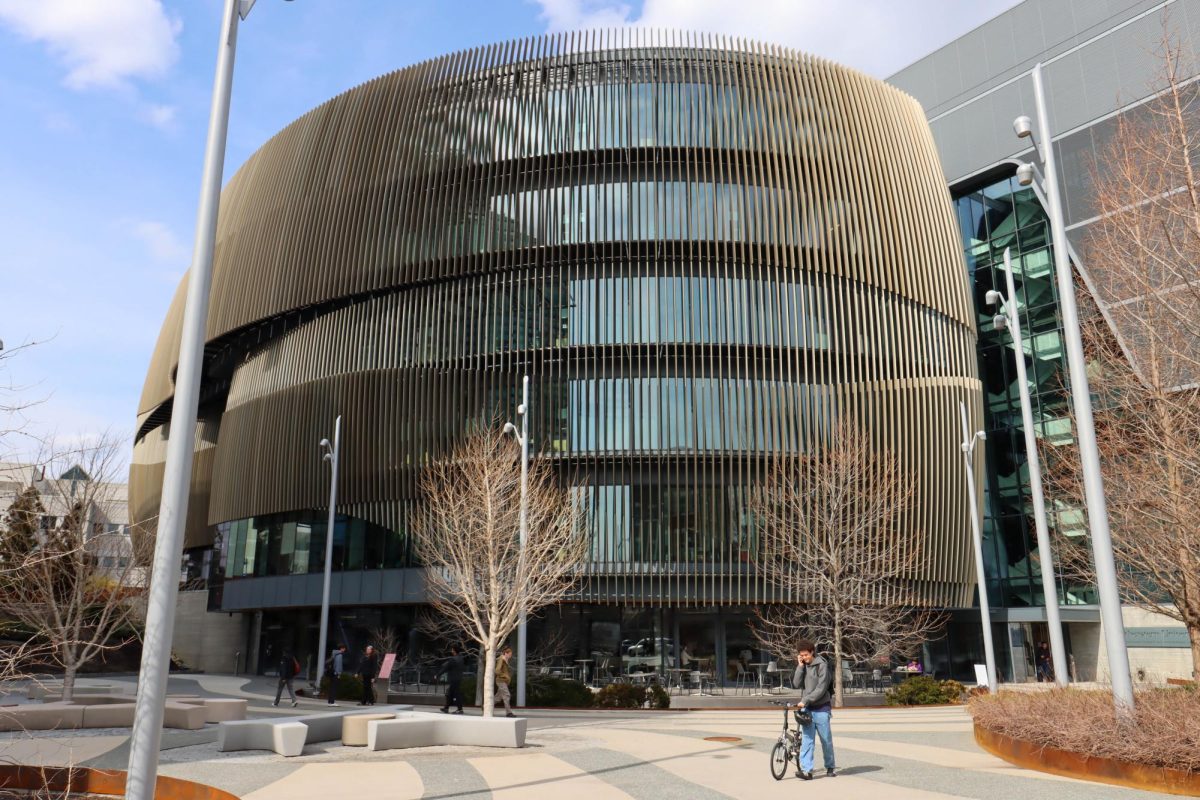By Jill Sojourner, staff writer
After two students noticed a lack of dialogue pertaining to mixed-race students on campus, the pair set out to create a club that would provide those students with a space that reflected their personal identities. About a year later, treasurer Jonathan Campbell and co-founder Jack Lovett teamed up with a group of other students to create the Mixed Student Union.
“Being mixed race means you don’t fit nicely into one box, and when you’re trying to run a big institution like Northeastern […] you want things to be clear-cut, black and white, ‘You fit in this box’ or ‘You fit in that box,’” said Campbell, a third-year doctoral audiology student. “I think it’s just human nature, and it makes running an organization easier. But when you don’t fit into a certain box or a certain stereotype, that becomes more tricky, that becomes more difficult.”
The Mixed Student Union met for the first time Feb. 16 in 144 Curry Student Center. As a tentatively recognized club, the Mixed Student Union is only permitted to host three official meetings this semester. In order to gain full recognition and apply for funding, the club must maintain at least 12 student members and present to Northeastern’s Student Government Association.
The Mixed Student Union is an outlet for its members to engage in self-exploration and learn how being mixed impacts their politics, families, dating and other aspects of their lives, Campbell said. The nation’s current political climate and discourse about various identities inspired the members to start the club, Campbell said.
“There’s a lot of self-reflection happening in the American populace, and you can even see a little of it happening at Northeastern,” Campbell said. “We figured that it was good timing for students of any culture, religion, sexual orientation who want to explore their identities more to have groups that really cater to what they need, and we saw that there was this gap, this void, for mixed-race students.”
The target membership for the club extends to more than just mixed-race students and includes students with multiple identities of various sorts, said Lovett, a third-year history and political science double major. Those who are interested in learning more about what it’s like to have these identities are also welcome to join, he said.
“For us, mixed can mean people who are biracial, multiracial, multiethnic, multicultural, even folks who were maybe one race but say, had a Catholic dad and a Jewish mom,” Lovett said. “[We’re geared toward] primarily biracial but open to all, just to have a group for our identities on campus.”
Tori Kroeger, a senior behavioral neuroscience major and member of the club, said students who identify as white in addition to one or more races do not have spaces for conversation about their positions within communities of color.
“I definitely do feel like there’s not a lot being done for students who are multiracial on this campus,” Kroeger said. “There’s no real events for them, and we don’t really talk about students who are half white. Where do they fit into the spectrum with students of color? Where do they fit in as allies?”
In some instances, Campbell said it can be challenging for students who identify with more than one race to feel a sense of belonging at various cultural centers on campus, which may cause an avoidance of these resources all together for fear of not fitting in. Kroeger said she has also felt apprehensive toward using these types of resources.
“There’s been a lot of times where it’s like ‘Oh I want to go to this event, but will I be accepted at this event?’ because I look very white even though I’m also Asian,” she said. “Definitely if I would’ve gone, no one would’ve said anything, but it’s always just a fear that’s always there, more of a self-doubt than anything else.”
Campbell said the club aims to help foster a sense of belonging among students who may, at times, have felt alone due to the lack of resources on campus to address their respective identities.
“I ultimately want it to be a community where students feel safe, comfortable and like they can explore their identity without judgement, without pressure, where they can feel supported and where they’re not alone,” Campbell said. “I think sometimes a big thing about being mixed is feeling like you’re alone, that no one gets what you’re going through. That’s a thought that I would have at times, and that’s simply not true.”
Photo courtesy Jonathan Campbell









